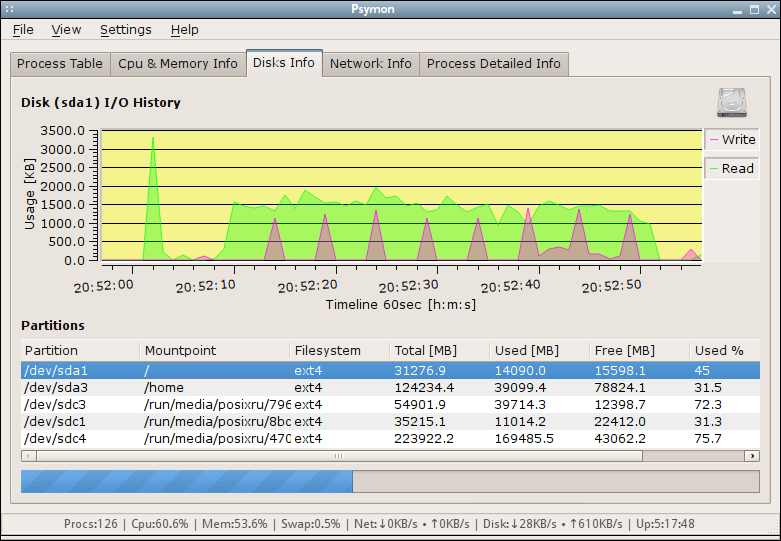

The bpytop will do an auto-updating graph for your server’s network usage.We can also send various Unix signals to the selected process.Sorting and filtering processes supported with filters.Various function keys to obtain in-depth statistics for running Linux, macOS, and FreeBSD process.Of course, we can use the arrow and other keys to control responsive UI. The days are gone when you need to remember tons of keyboard shortcuts. Extremely easy to use with gaming style menu system.

Here is a list of some of the features I found useful before we install awesome bpytop command on Linux, macOS and FreeBSD Unix: Not just the bpytop tool is impressive, but it offers tons of features. Subprocess.Popen(process_command, stdout=devnull, stderr=subprocess.Bpytop – Awesome Linux, macOS and FreeBSD resource monitor Process_list = os.popen('tasklist /FI "STATUS eq Running"').read().strip().split('\n') Kill_list = os.popen('taskkill /F /T /PID %s' % nr).read() #Kill the process which is not responding Process_list = os.popen('tasklist /FI "STATUS eq Not Responding"').read().strip().split('\n') #Listing Processes which are not responding Putty is an SSH and telnet client.This scenario can be used with any process, just adjust the variables for the process you want to monitor in the code accordingly.This code will check the putty.exe process is running or not every 60 seconds So here I’m taking putty as an example process.

TaskList displays all running applications and services with their Process ID (PID) This can be run on either a local or a remote computer. You have created a process in windows which needs to be run continuously without any halt when your windows is up and running.You want to check the status of the process, whether the process is running or got killed or in a not responding state, and restart the process if it is in any of the states mentioned.For doing this we can create a small python program and can use the TaskList functionality in windows.


 0 kommentar(er)
0 kommentar(er)
